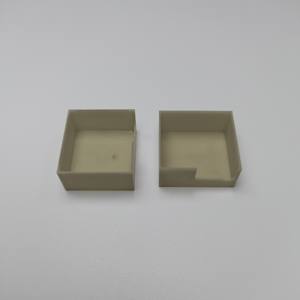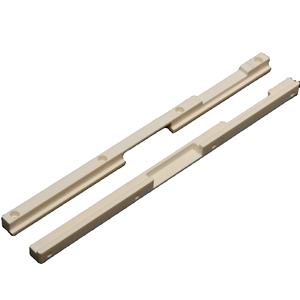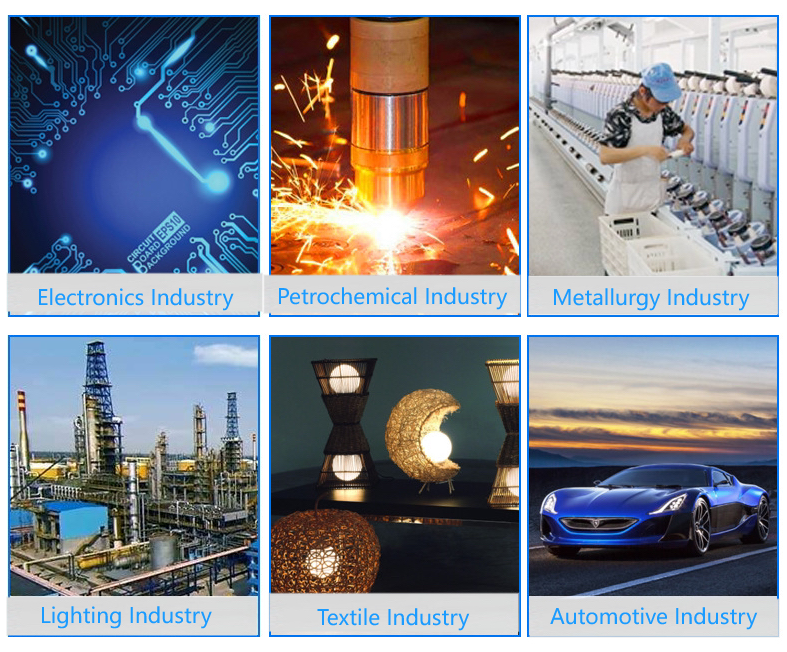Professional industry ceramic supplier, silicon nitride, silicon carbide, aluminum nitride and any other kinds of ceramics.
PRODUCT PARAMETERS
Description
Overview of Laser Cutting Processing PCB Plate Aln Aluminum Nitride Ceramic Substrate
Laser Cutting Processing PCB Plate Aln Aluminum Nitride Ceramic Substrate is an advanced technical ceramic renowned for its exceptional thermal conductivity and reliable electrical insulation. It is a key material in high-power electronics, LED lighting, and semiconductor processing, effectively managing heat in demanding applications where performance and reliability are critical.
Features of Laser Cutting Processing PCB Plate Aln Aluminum Nitride Ceramic Substrate
- High Thermal Conductivity: Offers excellent heat dissipation, comparable to beryllia (BeO).
- Electrical Insulation: Maintains high electrical resistivity even at elevated temperatures.
- Low Thermal Expansion: Matches the coefficient of thermal expansion of silicon, ideal for semiconductor substrates.
- Excellent Mechanical Strength: Possesses good mechanical properties for structural integrity.
- High-Temperature Stability: Performs reliably in harsh environments and at high temperatures.
- Non-Toxic: A safe alternative to beryllium oxide (BeO) ceramics.
Specification of Laser Cutting Processing PCB Plate Aln Aluminum Nitride Ceramic Substrate
Aluminum Nitride ceramic is a top choice for demanding circuit boards. It handles heat exceptionally well. This thermal conductivity outperforms many other ceramics. Components stay cool even during intense operation. This prevents overheating failures. AlN is also a strong electrical insulator. It stops electricity well. This keeps signals clean and prevents shorts. The material is quite hard. It resists wear and scratches effectively. AlN doesn’t expand much when heated. This dimensional stability is crucial for precise circuits. Parts stay accurately aligned. The material works reliably over a wide temperature range. It handles extreme cold and intense heat without cracking.
We shape these AlN substrates using advanced laser cutting. This method offers extreme precision. We achieve very tight tolerances consistently. The laser creates smooth, clean edges on the ceramic. There’s minimal chipping or rough spots. This precision is vital for fine circuit patterns. Laser cutting allows complex shapes easily. We produce intricate outlines and special cutouts reliably. The process is fast and highly controlled. We minimize heat damage to the surrounding material. This keeps the ceramic’s excellent properties intact. The laser process is also very repeatable. Every piece matches the specifications exactly.
Typical specifications for our laser-cut AlN plates include thicknesses from 0.25mm up to 1.5mm. Common sizes are 50mm x 50mm, 100mm x 100mm, or custom dimensions. Surface finishes are smooth or polished as needed. We achieve tight flatness tolerances. Hole drilling via laser is also standard. We deliver plates ready for metallization and circuit printing. These substrates are essential for high-power electronics. They are vital in LED lighting systems. Advanced RF and microwave circuits use them. Power modules for electric vehicles rely on AlN. High-frequency communication devices need this material. Laser processing ensures the substrates meet strict performance demands.
Applications of Laser Cutting Processing PCB Plate Aln Aluminum Nitride Ceramic Substrate
Laser cutting is the best method for shaping AlN aluminum nitride ceramic substrates for PCBs. This material is very hard and brittle. Traditional mechanical cutting often causes cracks or chips. Laser cutting avoids this problem. The laser beam is extremely focused and precise. It melts or vaporizes the material cleanly. This creates smooth edges without damaging the surrounding area. This precision is crucial for complex circuit designs. Designers need intricate shapes and tight tolerances. Lasers deliver this accuracy consistently.
AlN ceramic handles heat very well. It moves heat away from electronic components efficiently. This makes it perfect for high-power devices. Cutting it with lasers doesn’t harm this heat-moving ability. The heat from the laser affects only a tiny zone. The main material properties stay unchanged. This is a big advantage.
Speed is another benefit. Laser systems work quickly. They cut complex patterns fast. This improves production speed. Setup times are often shorter compared to other methods. The laser tool doesn’t physically touch the material. This means no tool wear. It reduces maintenance costs. It also lowers the chance of contamination. Cleanliness is vital in electronics manufacturing.
You see AlN substrates in demanding applications. High-power LED packaging uses them. Power modules in electric vehicles need them. RF and microwave circuits rely on them. Aerospace and military electronics use them too. These fields require reliability and performance. Laser-cut AlN delivers the necessary precision and quality. The process ensures the ceramic substrate performs its job effectively. It provides a stable base for mounting sensitive components. It moves heat away reliably.
Company Profile
Tanki New Materials Co.Ltd. focus on the research and development, production and sales of ceramic products, serving the electronics, ceramics, chemical and other industries. Since its establishment in 2015, the company has been committed to providing customers with the best products and services, and has become a leader in the industry through continuous technological innovation and strict quality management.
Our products includes but not limited to Aerogel, Aluminum Nitride, Aluminum Oxide, Boron Carbide, Boron Nitride, Ceramic Crucible, Ceramic Fiber, Quartz Product, Refractory Material, Silicon Carbide, Silicon Nitride, ect. please feel free to contact us.
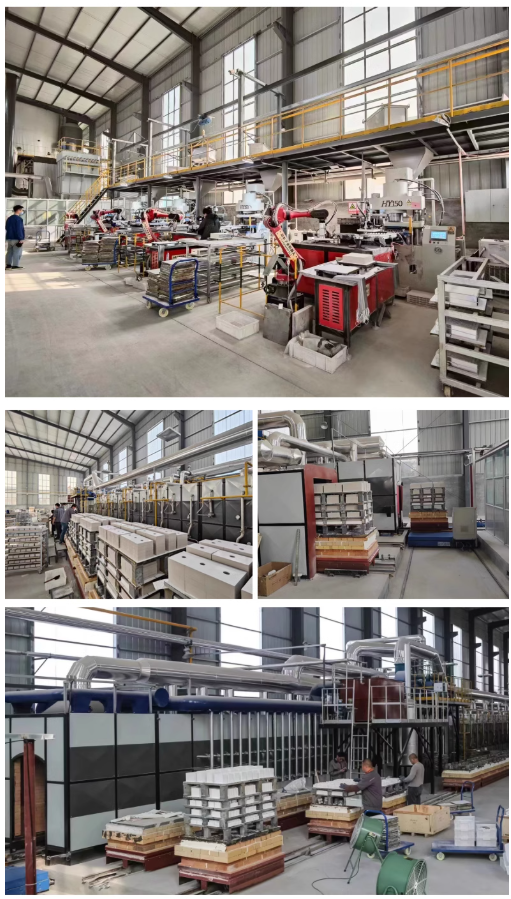
Payment Methods
T/T, Western Union, Paypal, Credit Card etc.
Shipment Methods
By air, by sea, by express, as customers request.
5 FAQs of Laser Cutting Processing PCB Plate Aln Aluminum Nitride Ceramic Substrate
Why use laser cutting for AlN ceramic plates?
Laser cutting works well. It avoids physical contact. Mechanical tools often crack brittle ceramics. Lasers prevent this. The heat stays controlled. AlN handles heat well. Lasers offer needed precision. They cut complex shapes easily.
How precise is laser cutting for AlN?
Modern lasers are very accurate. They achieve cuts within 0.05 mm. This depends on the machine. It also depends on the plate thickness. Thinner plates allow finer details. The laser beam is very small. This enables intricate cuts.
What are common problems?
Cracking is a risk. Improper settings cause it. Thermal stress is the main reason. Chipping happens sometimes. Heat buildup can discolor the surface. Material quality matters a lot. Good setup prevents most issues.
Are the cut edges smooth?
Edges need finishing usually. The laser leaves a melted zone. This creates a slight ridge. It feels rough. Grinding or polishing fixes this. Edge smoothness depends on the laser power. It depends on the cutting speed too. Slower speeds often improve smoothness.
What design rules matter?
Keep features spaced apart. Avoid very sharp inside corners. Use rounded corners instead. Minimum hole sizes exist. They depend on material thickness. Thin walls are fragile. Make them thicker if possible. Consult the manufacturer. They know their machine’s limits.
REQUEST A QUOTE
RELATED PRODUCTS
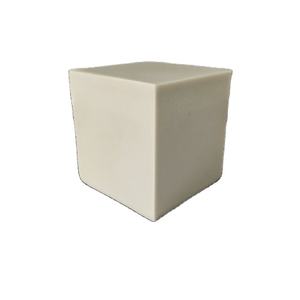
Heat Dissipation Thick Printing Ceramic Aluminum Nitride Substrate
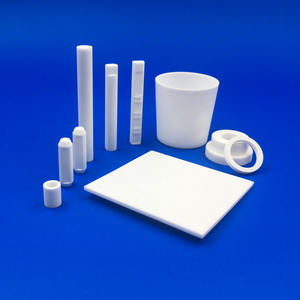
99% High Purity Customized Ain Aluminum Nitride Ceramics Heat Dissipation Solution in The Field of Electronic Packaging
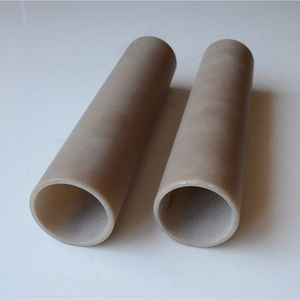
Aln Aluminum Nitride Ceramic Substrate for Power Electronic Device
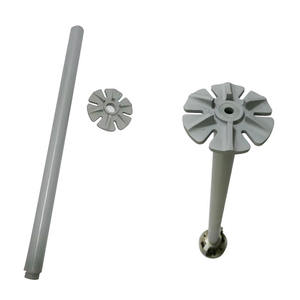
High Purity 99.99% Aluminum Nitride Ceramics by Gravel, Moulding Plus Machining
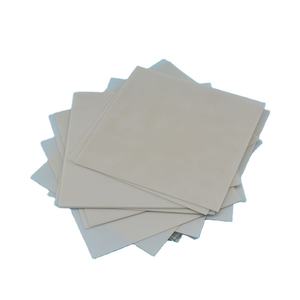
Aluminum Nitride Aln Ceramic Sheet Substrate
